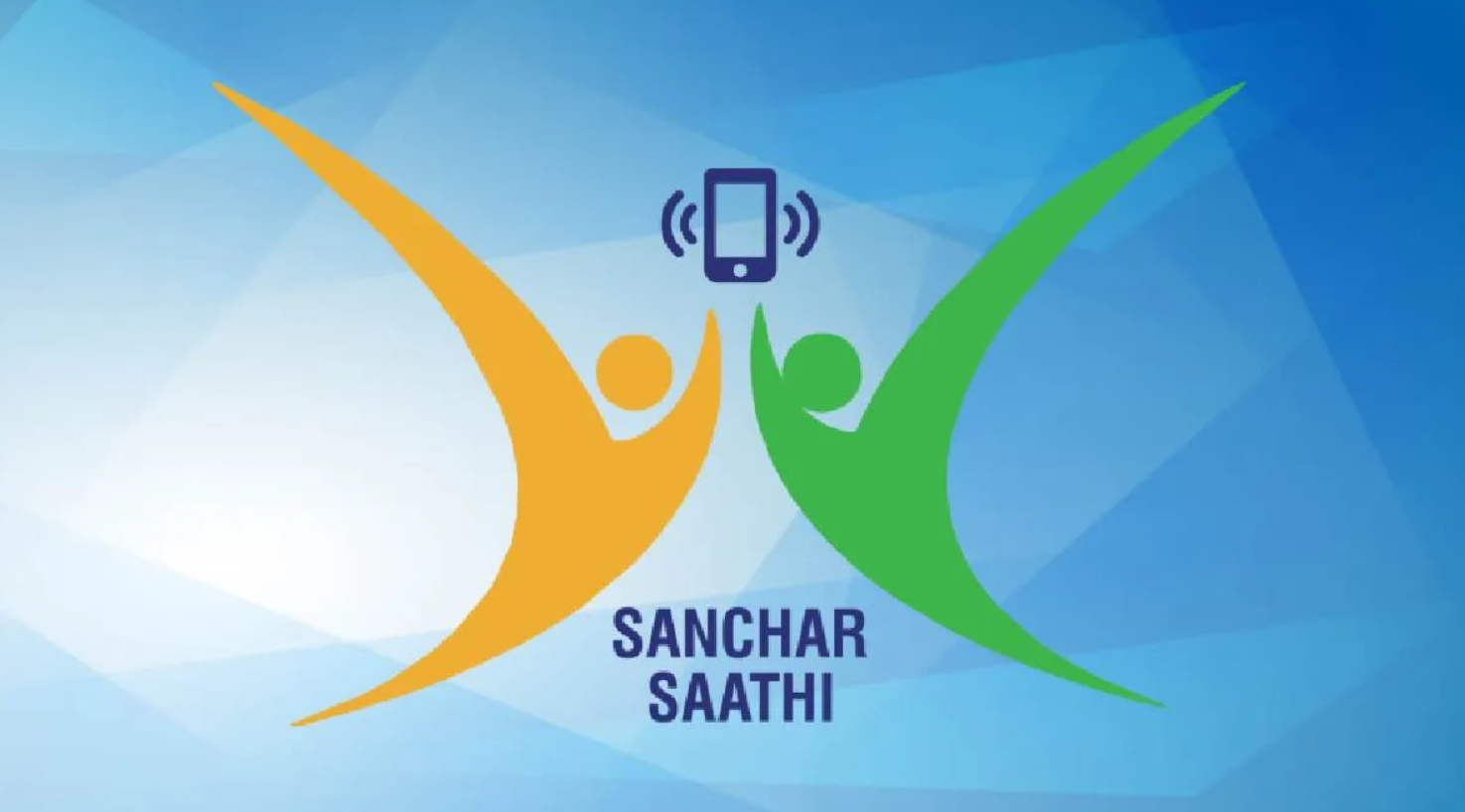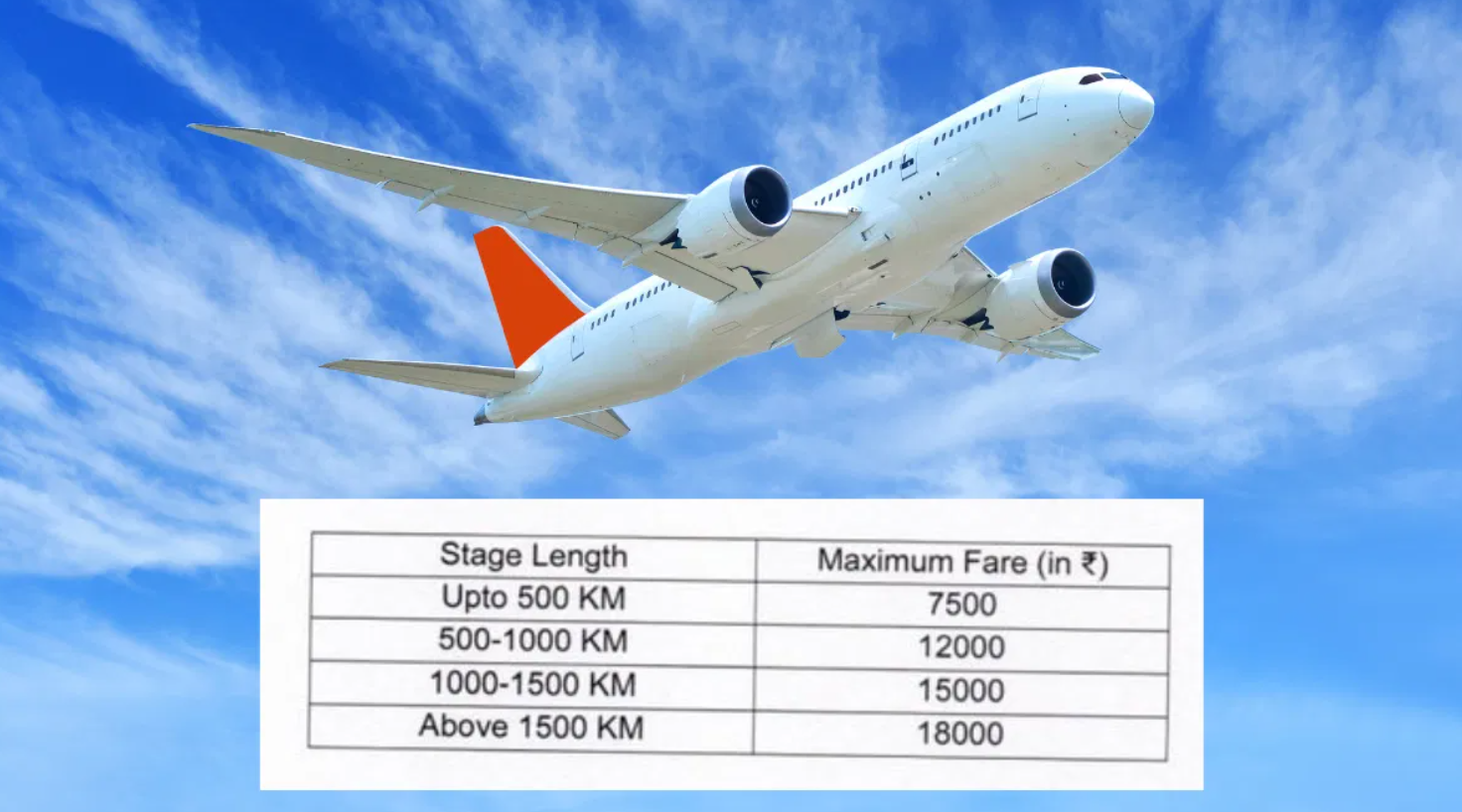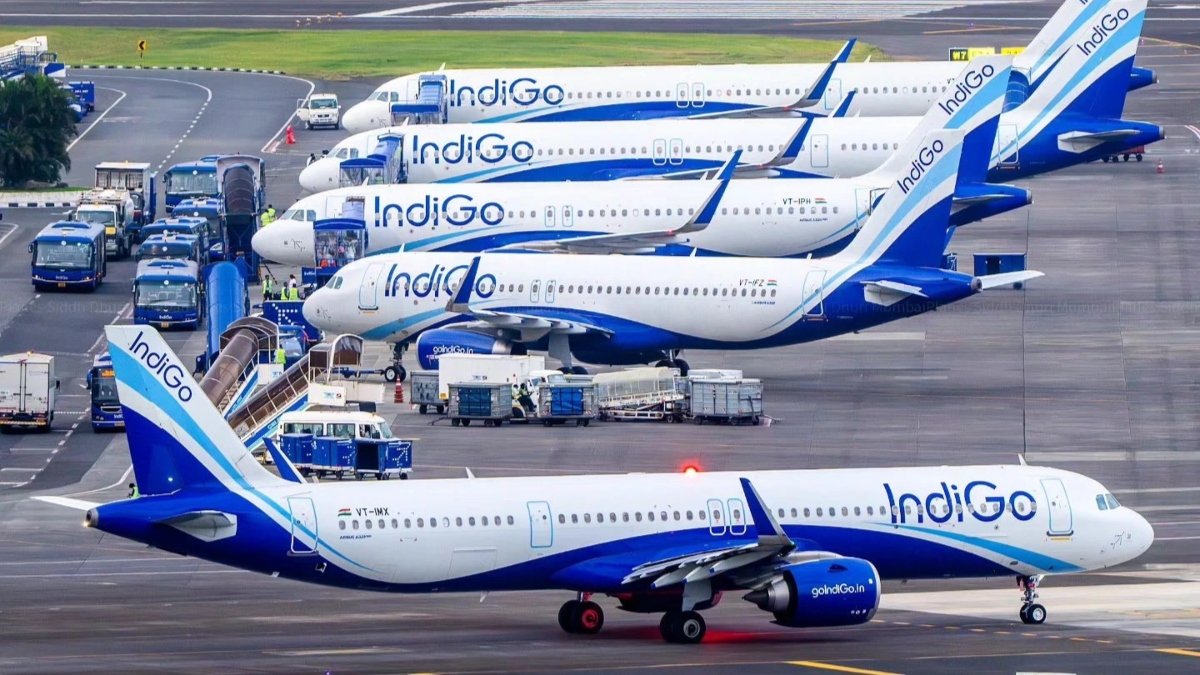
Firefly Aerospace’s Blue Ghost Mission 1 successfully touched down on the Moon on Sunday, carrying NASA’s advanced science and technology payloads to support future lunar exploration. The mission aims to test lunar subsurface drilling technology, regolith sample collection capabilities, global navigation satellite system (GNSS) abilities, radiation-tolerant computing, and lunar dust mitigation methods. The data collected could not only enhance lunar exploration but also offer insights into how space weather and cosmic forces affect Earth.
Following the landing, Blue Ghost will undergo surface commissioning to check the health of its subsystems before commencing full payload operations. Over the next 24 hours, the lander will deploy its surface access arm equipped with the Electrodynamic Dust Shield and Lunar PlanetVac, calibrate its top-deck gimbal to support the Lunar Environment Heliospheric X-ray Imager, and enable instruments such as the Radiation-Tolerant Computer, Stereo Cameras for Lunar Plume Surface Studies, and the Lunar GNSS Receiver Experiment.
Before landing, Blue Ghost executed a nine-minute braking burn, reducing its orbital velocity from approximately 5,500 feet per second to 130 feet per second while shifting from a horizontal to vertical orientation. In the final moments, its Reaction Control System thrusters managed the descent, slowing the velocity to 3 feet per second for a smooth touchdown. Simultaneously, the lander’s vision navigation system scanned the lunar surface, identifying craters, slopes, and rocks to select a hazard-free landing site. This successful mission marks a significant step toward NASA’s goal of establishing a sustainable human presence on the Moon.









amoxil cheap – https://combamoxi.com/ amoxil usa
amoxicillin brand – amoxicillin over the counter order amoxicillin without prescription
purchase forcan online cheap – https://gpdifluca.com/ forcan uk
diflucan over the counter – order diflucan without prescription purchase diflucan generic
order escitalopram 20mg sale – https://escitapro.com/# brand escitalopram 10mg
buy cenforce 100mg for sale – https://cenforcers.com/ order cenforce 100mg pill
cenforce pills – https://cenforcers.com/ order cenforce 100mg
cialis free trial phone number – cialis for daily use reviews cialis no prescription
cialis purchase canada – https://ciltadgn.com/ tadalafil review forum
how to buy tadalafil online – https://strongtadafl.com/ when will teva’s generic tadalafil be available in pharmacies
cialis generic timeline 2018 – strongtadafl brand cialis australia
order zantac sale – on this site zantac where to buy
discount viagra for sale – viagra sildenafil 50mg buy viagra
viagra 100mg price – this order viagra with mastercard
This is the gentle of writing I in fact appreciate. azithromycin drug
I’ll certainly carry back to review more. cenforce 50 prospecto
More posts like this would make the blogosphere more useful. clomid en espaГ±ol
More posts like this would make the blogosphere more useful. https://buyfastonl.com/isotretinoin.html
This is the description of serenity I get high on reading. https://ursxdol.com/augmentin-amoxiclav-pill/
More posts like this would prosper the blogosphere more useful. https://prohnrg.com/product/diltiazem-online/
I couldn’t turn down commenting. Profoundly written! ursxdol
Thanks recompense sharing. It’s top quality. https://prohnrg.com/product/priligy-dapoxetine-pills/
The reconditeness in this tune is exceptional. viagra professional ou cialis en ligne
Thanks for sharing. It’s first quality. https://aranitidine.com/fr/lasix_en_ligne_achat/
More articles like this would pretence of the blogosphere richer. https://ondactone.com/product/domperidone/
Thanks towards putting this up. It’s evidently done. https://ondactone.com/simvastatin/
This is a keynote which is near to my verve… Numberless thanks! Unerringly where can I upon the contact details an eye to questions? motilium for sale no prescription
This is the compassionate of writing I in fact appreciate.
https://proisotrepl.com/product/propranolol/
More posts like this would bring about the blogosphere more useful. http://furiouslyeclectic.com/forum/member.php?action=profile&uid=24582
This website really has all of the information and facts I needed adjacent to this case and didn’t positive who to ask. http://bbs.yongrenqianyou.com/home.php?mod=space&uid=4272507&do=profile
buy forxiga sale – https://janozin.com/# dapagliflozin uk
xenical usa – buy xenical pills for sale xenical ca
purchase xenical without prescription – click order xenical 120mg online
The thoroughness in this piece is noteworthy. http://seafishzone.com/home.php?mod=space&uid=2330943
This is the big-hearted of writing I truly appreciate. http://seafishzone.com/home.php?mod=space&uid=2331105
You can shelter yourself and your stock close being heedful when buying medicine online. Some pharmaceutics websites operate legally and put forward convenience, secretiveness, rate savings and safeguards as a replacement for purchasing medicines. buy in TerbinaPharmacy https://terbinafines.com/product/keppra.html keppra
You can keep yourself and your stock by way of being heedful when buying pharmaceutical online. Some druggist’s websites operate legally and provide convenience, secretiveness, sell for savings and safeguards for purchasing medicines. buy in TerbinaPharmacy https://terbinafines.com/product/keppra.html keppra
This is the big-hearted of scribble literary works I truly appreciate. TerbinaPharmacy
The reconditeness in this piece is exceptional. TerbinaPharmacy
This is the kind of serenity I get high on reading.
The depth in this serving is exceptional.